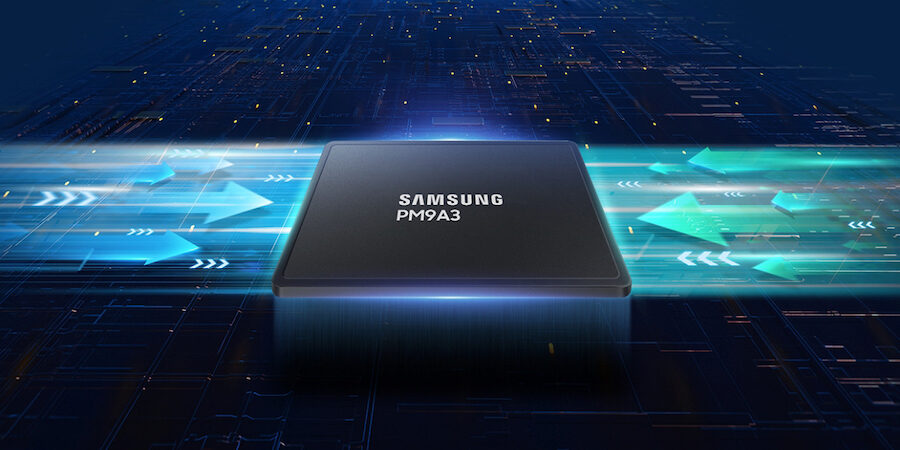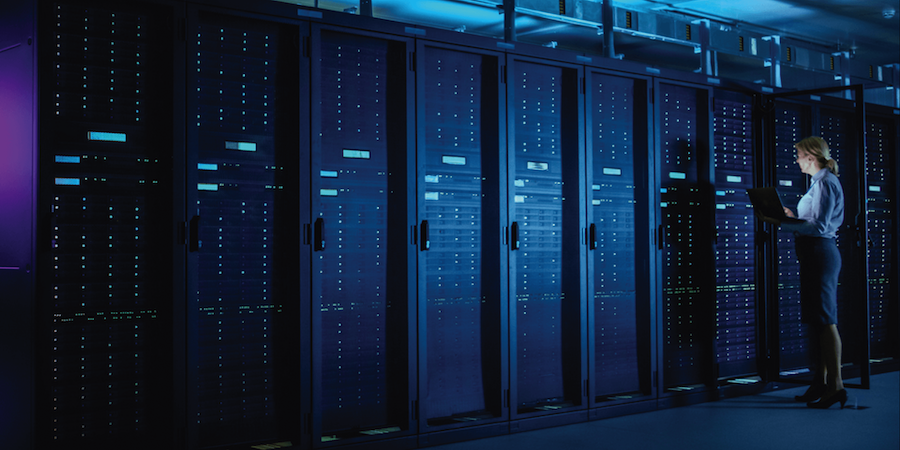Real estate investment and management firm JLL is predicting a record demand1 for public data centers in 2023 thanks to AI and the cloud. Private data centers are already feeling the crunch. As a result, information technology executives are looking at their existing technology with an eye to the future.
There’s more to data center upgrades than simply meeting growth needs, though. Old data storage systems are often costly to maintain and operate and can pose safety risks to both your data and employees, too.
Read on to learn what’s driving data center upgrades, what data center migration risks are and how to upgrade a data center using modern data center technologies.
Time for an upgrade?
There are many reasons why IT executives should be giving their data center infrastructure another look. With the world’s global data volume expected to reach 175 zettabytes by 2025, running out of storage is a real possibility for many organizations, especially as existing systems age.
Although the life expectancy of enterprise storage varies, Enterprise Storage Forum2 said hard disk drives (HDDs) can malfunction in as little as four years. Systems that are moved and remounted may go bad even sooner, as bumps, shocks and scrapes affect their moving parts, including spinning platters and actuator arms.
Overheating — and the need to reduce energy costs — are other signs it might be time to upgrade your data center. Older storage devices often run hot, leading to the need for excess cooling. That problem then connects to sustainability, which IT departments are taking a bigger role in. According to Gartner, 80% of enterprises with a sustainability strategy for IT will include infrastructure, operations and cloud as top priorities for investment3 by 2024, up from less than 20% in 2022.
Get your complete guide to SSD management
Discover how to effectively adopt and manage SSDs in your organization with this ultimate guide. Download Now
Organizations may be struggling with maintenance costs, too. Older systems often have to run at full capacity to work at all, leading to larger energy bills and regular maintenance. This, then, reduces efficiency and productivity for IT employees.
Finally, with about a third of American workers4 who can work remotely doing just that — and 41% working in a hybrid arrangement — there’s a need for employees to access company servers easily from wherever they are without losing time due to slow connectivity.
The right upgrade for you
How do you decide whether to make do with what you’ve got, add new storage to existing equipment or upgrade your systems completely — perhaps moving all data to the cloud? There are pros and cons for each option.
For many organizations and companies, this decision is simple. If your storage devices are near or at capacity, or nearing their end-of-life, making the switch to new storage is a no-brainer. Older systems that include HDDs are some of the first devices that you should consider retiring. HDDs are mechanical. They are slower, less efficient and more prone to malfunctioning. A better option for the data center is flash-based solid state drives (SSDs) because they have no moving parts and read/write times are significantly faster. SSDs that use non-volatile memory express (NVMe ®) connections, such as Samsung PM9A3, are even speedier, as they link the drive directly to a computer’s PCIe® lanes.
PM9A3 has been custom-built for the data center, too. It’s available in E1.S, U.2 and M.2 form factors, with improved power efficiency and convenient error handling. It also comes in three capacity models — 3840GB, 1920GB and 960GB. Furthermore, because the drive complies with the Open Compute Project (OCP) NVMe Cloud SSD Specification5, it is able to satisfy the rigorous demands of enterprise workloads, including for organizations using AI and machine learning.
Of course, it will also be important to support every server within your data center, so you may not be able to go all in with NVMe-based storage solutions, such as the PM9A3. Instead, you may need to upgrade to an SSD that supports the HDD-friendly SATA specification. Samsung PM893 is a great example. With its 2.5-inch form factor and 6GB/s SATA interface, it makes a great option in this case. Furthermore, PM893 comes in six storage capacities —960GB, 1.92TB, 3.84TB and 7.68TB. Despite its SATA interface, it still meets the demands of data center storage systems and adds reliability thanks to end-to-end data protection.
In with the new
As you may be seeing firsthand, it’s important to keep data center storage solutions up to date to save money, improve end-user safety, security and productivity, and enable innovation and applications such as AI and machine learning. Indeed, amid this rapid development and application of new technologies, older systems are aging out even faster. That’s why there’s never been a better time to upgrade to modern data center technologies.
Learn more about which SSD interface is right for your business. And discover the right SSD form factor for your upgrade.
1 JLL. “AI and cloud adoption propel data center demand to record levels for 2023.” August 24, 2023.
2 Enterprise Storage Forum, “Life Expectancy of a Drive: HDD, SSD, and Flash” August 16, 2023.
3 Gartner “How to Make the Data Center Eco-Friendly” December 6, 2022.
4 Pew Research Center, “About A Third of U.S. Workers Who Can Work From Home Now Do So All The Time” March 30, 2023.
5 OCP, “NVMe Cloud SSD Specification”








